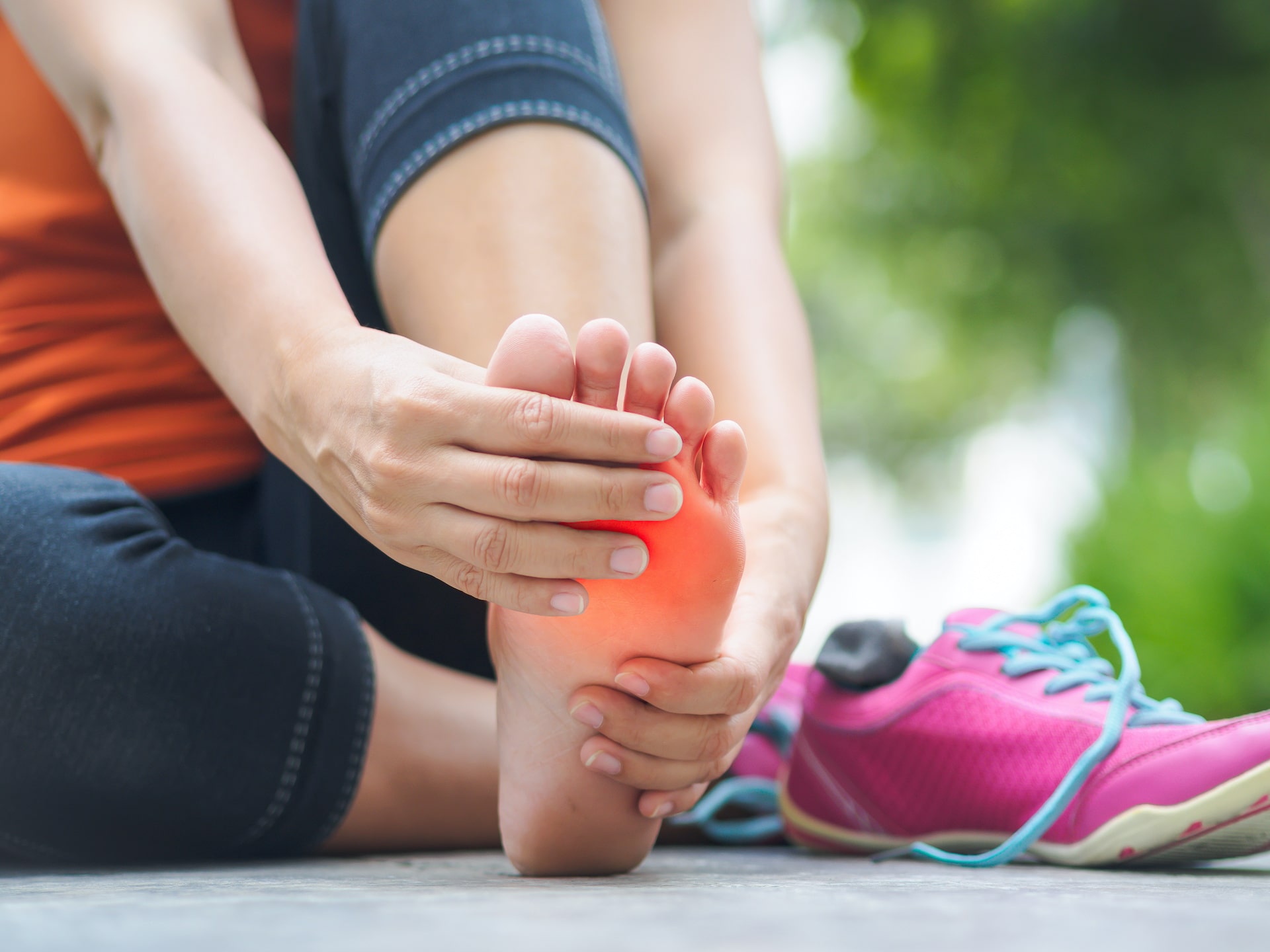Typically, heel pain that develops suddenly in children and doesn’t go away is due to calcaneal apophysitis, a condition more commonly called Sever’s disease. Sever’s disease occurs due to trauma or injury to the growth plate of the calcaneus, or heel bone, and is often due to repetitive stress.
The growth plates of children are prone to injury for as long as a child is still growing. Injury to growth plates can occur without any obvious trauma, and is often due to repetitive stress on the feet from running, jumping, and other types of sports. When the injury affects the physis, or growth plate, it results in sudden, continuous pain called Sever’s disease. However, it is important to have a complete examination by a podiatrist to differentiate Sever’s disease from other conditions. Without proper examination, Sever’s disease can be misdiagnosed as Achilles tendonitis.
In some children, a tight Achilles tendon can add to the development of Sever’s disease by putting excess pressure on the heel where the tendon is attached, yet Sever’s disease and Achilles tendonitis are distinctly different conditions. A podiatrist is specially trained to be able to make the distinction, while a pediatrician or family physician may not have the specific foot and ankle medical training to skillfully differentiate between the two.
The calcaneus and growth plate do not become fully formed until the age of 14 or 15. Until then, the growth plate is a weak point in the bone. Repetitive stress on the calcaneus up to this point can result in inflammation around the heel and growth plate, leading to discomfort and pain. Sever’s disease is most common in children between the ages of eight and 15, and affects boys more often than girls. The condition also affects athletes, particular children who play soccer, football, track, or baseball, and appears to be related to a combination of athletic shoes with cleats and the repeated pounding on feet during sports. Obesity can also add to the likelihood of developing Sever’s disease due to having excess weight put pressure on the feet. Other causes can include biomechanical abnormalities in the feet or a tight Achilles tendon.
Sever’s disease often develops suddenly without preceding symptoms, and is characterized by pain that does not go away after walking. Children with this condition often limp or walk on their toes and complain of pain on the bottom or back of the heel. If the heel is squeezed, it can also induce pain. Some children may experience difficulty with running, jumping, or participating in sports or physical education classes.
Because children are still growing, it is important to seek a podiatrist’s evaluation of sudden symptoms of the feet or ankles such as heel pain. Without proper diagnosis, the bones and structures of a child’s foot, ankle, or leg can heal improperly, resulting in future problems or deformity. A podiatrist will ask both you and your child about the symptoms, when they began, and other issues related to the pain and discomfort. Your child’s podiatrist will also physically examine the affected heel, and order x-rays of the feet and lower leg. If your podiatrist feels that it is warranted, an MRI or CT-scan might be ordered, as well as laboratory testing.
Treatment of Sever’s disease should be overseen by a podiatrist, and often involves a number of approaches. Most children need to stop or reduce their physical activities, particularly those that seem to aggravate the pain. Custom orthotics or other temporary shoe inserts can also help by providing support to the heel. For continuing pain, medications such as ibuprofen or other non-steroidal anti-inflammatory drugs can provide some relief for discomfort. Physical therapy or immobilization of the affected foot and ankle may be warranted for many children. Physical therapy often involves stretching and other exercises designed to increase flexibility or promote healing. Children should be carefully monitored as they are released back to their activities, as this type of heel pain can continue to return until the child is done growing.
To help keep your child’s feet, ankles, and legs healthy, schedule an appointment with the podiatrists at Kansas City Foot Specialists as soon as you notice a problem. We encourage you to monitor your child’s activities and health carefully, as some children, particularly athletes, may try to play through their pain and increase their risk for a more serious injury. Call us today at (913) 338-4440 to schedule an appointment.



